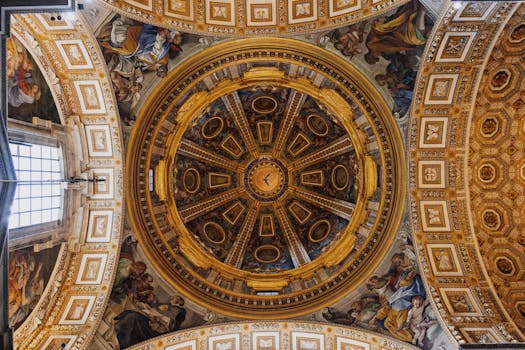
Traveling Through Time: How Europe’s Historical Heritage Shapes Modern Lifestyles in 2025
Traveling Through Time: How Europe’s Historical Heritage Shapes Modern Lifestyles in 2025. Europe, a continent steeped in history and tradition, has a profound impact on the modern world. From the ancient ruins of Greece and Rome to the medieval castles of England and France, Europe’s historical heritage is a treasure trove of cultural significance. In this article, we will explore how Europe’s rich history continues to shape modern lifestyles in 2025.
Introduction to Europe’s Historical Heritage
Europe’s historical heritage is a complex and multifaceted entity, spanning thousands of years and countless cultures. From the Renaissance to the Industrial Revolution, Europe has been at the forefront of human innovation and progress. The continent is home to some of the world’s most famous landmarks, including the Eiffel Tower, the Colosseum, and Big Ben. These iconic structures not only attract millions of tourists each year but also serve as a reminder of Europe’s enduring cultural significance.
The Impact of Historical Heritage on Modern Lifestyles
So, how does Europe’s historical heritage shape modern lifestyles in 2025? The answer lies in the many ways that history continues to influence contemporary culture. From architecture to art, fashion to food, Europe’s rich history is evident in every aspect of modern life. For example, many European cities are still characterized by their historic architecture, with narrow streets, grand piazzas, and iconic landmarks. This unique urban landscape has a profound impact on the way people live, work, and interact with one another.
Preserving Historical Heritage for Future Generations
In order to ensure that Europe’s historical heritage continues to thrive in 2025 and beyond, it is essential that we preserve and protect these valuable cultural assets. This can be achieved through a combination of conservation efforts, educational programs, and sustainable tourism practices. By working together to safeguard Europe’s historical heritage, we can guarantee that future generations will be able to appreciate and learn from the continent’s rich cultural legacy.
Conclusion
In conclusion, Europe’s historical heritage plays a vital role in shaping modern lifestyles in 2025. From the food we eat to the clothes we wear, the continent’s rich history is evident in every aspect of contemporary culture. As we move forward in time, it is essential that we prioritize the preservation and protection of Europe’s historical heritage, ensuring that these valuable cultural assets continue to inspire and educate future generations.






